Introduction
Meta Ads are a powerful way to generate leads, boost sales, and build brand awareness. However, many marketers struggle to get the best results because they focus on the wrong elements. Understanding which part of your ad campaign has the greatest impact can make all the difference.
A Meta Ads campaign consists of three key components:
- Campaign: Where you set your objective (brand awareness, traffic, conversions, etc.).
- Ad Set: Where you define your audience, budget, placements, and bidding strategy.
- Creatives: The actual content of the ad, including images, videos, text, and call-to-action (CTA).
While each of these components plays a critical role, which one influences success the most? Let’s break it down step by step, backed by real-life examples, to help you improve your Meta Ads strategy.
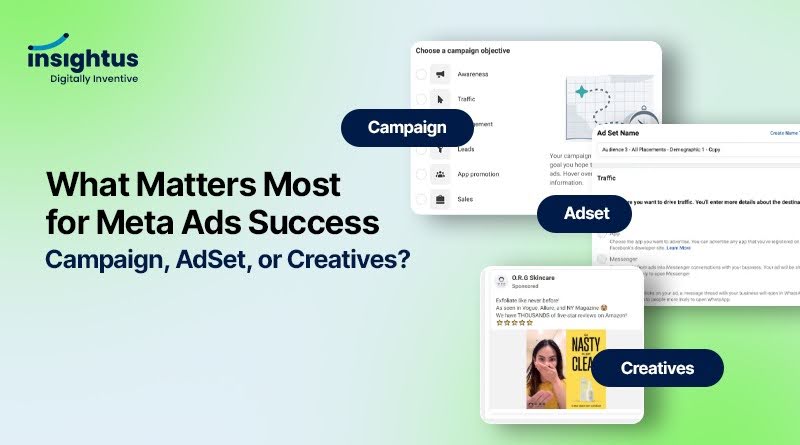
1. How Meta Ads Are Structured
Before diving into the impact of each component, let’s understand the structure of Meta Ads:
- Campaign Level: This is where you select the primary goal of your ad campaign. Meta Ads offer various objectives, such as Awareness, Consideration, and Conversion.
- Ad Set Level: This stage determines your targeting, budget, bidding strategy, and ad placements (Facebook Feed, Instagram Stories, Reels, etc.).
- Creative Level: This is where the actual ad comes to life with images, videos, text, and CTAs.
Each element is crucial, but some impact performance more than others.
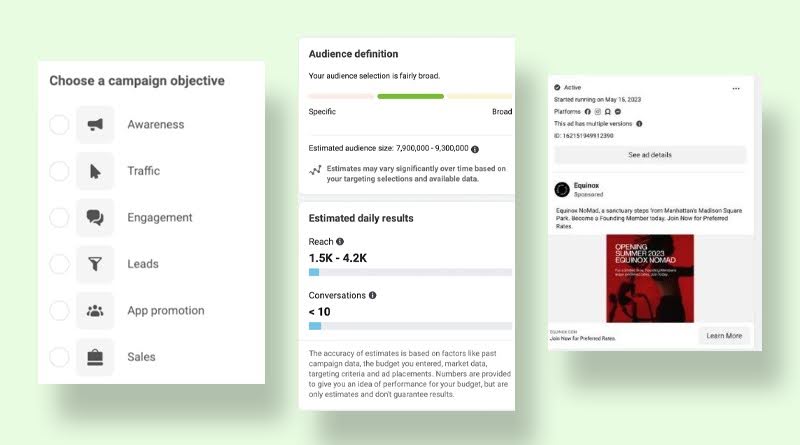
2. How Campaign Goals Affect Success
What Happens at This Stage?
At the campaign level, you choose your primary advertising goal. Meta offers multiple objectives categorized into:
- Awareness: Increasing brand recognition and reach.
- Consideration: Encouraging actions like website visits, video views, or engagement.
- Conversion: Driving sales, lead generation, or app installs.
Why It Matters
Selecting the right objective ensures that Meta’s algorithm optimizes your ad for the right outcome. Choosing the wrong goal can lead to wasted ad spend and poor results. For example:
- If you want sales but select the Traffic objective, Meta will optimize for visitors instead of buyers.
- If you need leads but choose Engagement, you may get likes and shares but not actual business growth.
Real-Life Example
A fitness coach wanted more sign-ups for his online training program. Initially, he used the Engagement objective and received many likes and comments but few sign-ups. When he switched to the Lead Generation objective, Meta optimized for actual customer details, and his sign-ups increased significantly.
Another example is an e-commerce brand that initially used the Brand Awareness objective to promote a new product. While they gained visibility, sales remained low. Switching to a Conversions objective led to a 60% increase in purchases.
Additional Insights
- Always align your campaign objective with your actual business goal.
- Track key metrics like conversion rate and cost per result to evaluate effectiveness.
Lesson: Picking the right campaign goal is essential, but it accounts for only about 20% of overall ad success.
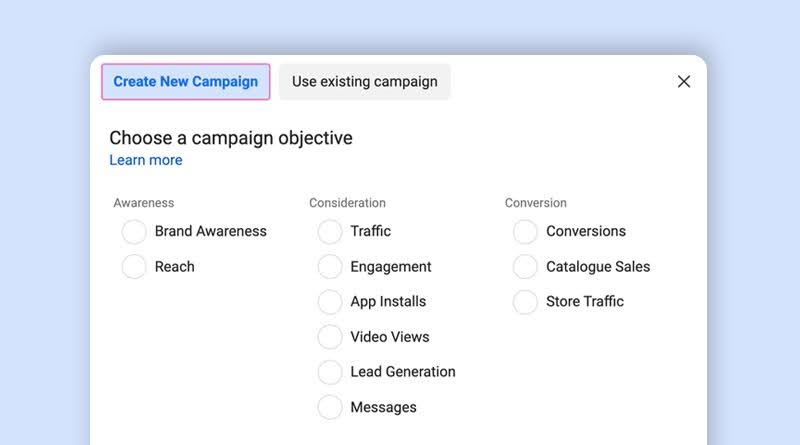
3. Why Targeting and Budget Matter at the Ad Set Level
What Happens at This Stage?
The Ad Set level determines who sees your ad and how your budget is allocated. Key factors include:
- Audience Selection: Custom audiences, lookalike audiences, or interest-based targeting.
- Budget & Bidding Strategy: Daily/lifetime budgets, bid caps, and optimization settings.
- Ad Placements: Facebook Feed, Instagram Stories, Messenger, Audience Network, etc.
Why It Matters
Even the best ad won’t perform well if it’s shown to the wrong audience. Poor targeting or budget allocation can make your campaign expensive without delivering meaningful results.
Real-Life Example
An online watch store initially targeted a broad audience and experienced high cost per sale. When they switched to a Lookalike Audience based on past buyers, their cost per sale dropped by 40% and sales improved.
A travel agency promoting vacation packages initially spent heavily on broad interest targeting but saw low bookings. Refining their targeting to users who had recently engaged with travel-related content increased their conversion rate by 45%.
Additional Insights
- Test different audience segments to find the most responsive group.
- Adjust budgets based on performance—scale up for best-performing audiences.
- Use A/B testing to compare different targeting approaches.
Lesson: Good targeting and budget control contribute about 30% to ad success.
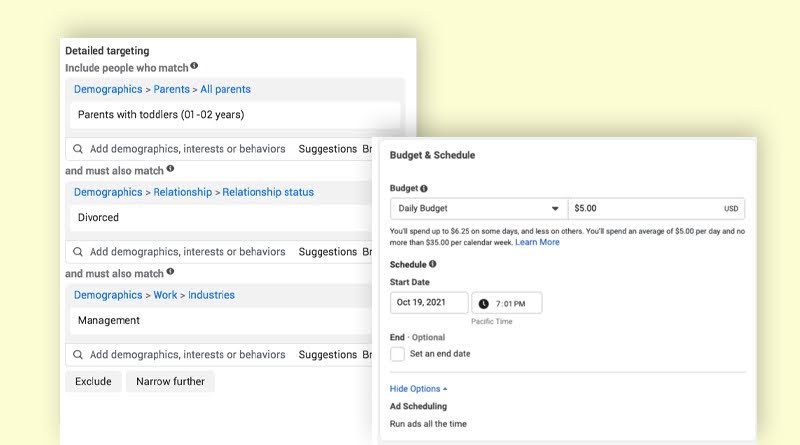
4. Why Creatives Have the Biggest Impact
What Happens at This Stage?
Your ad’s creative includes:
- Visuals: Images, carousels, or videos that attract attention.
- Text: Compelling headlines and descriptions that engage users.
- CTA (Call-to-Action): A clear message that encourages action (e.g., “Shop Now,” “Sign Up Today”).
Why It Matters
Your audience and goal may be perfect, but a weak creative will make people scroll past without engaging. A strong creative ensures your ad captures attention and encourages action.
Real-Life Example
A fashion brand tested two different ads:
- One with a static product image
- Another with a short video showing the product in use
The video ad received 3x more engagement and significantly increased sales.
Similarly, a SaaS company promoting a project management tool initially used stock images in their ads but saw poor engagement. Switching to customer testimonials and explainer videos doubled their click-through rate.
Additional Insights
- Use high-quality visuals that stand out.
- Keep ad copy short and benefit-driven.
- Test multiple creatives (images vs. videos, different CTAs) to find what works best.
- User-generated content (UGC) can enhance engagement and trust.
Lesson: Creatives account for 50% of ad success, making them the most important factor.
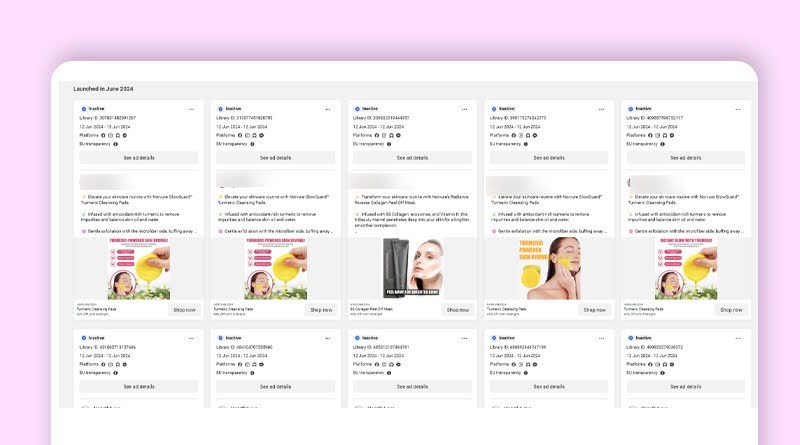
Conclusion
Meta Ads success isn’t about just one element—it’s about getting the Campaign, Ad Set, and Creatives right. However, Creatives play the biggest role in driving engagement and conversions.
Final Tip: Keep testing, keep improving, and always focus on what your audience responds to.
What’s your biggest challenge with Meta Ads? Share your thoughts in the comments!

